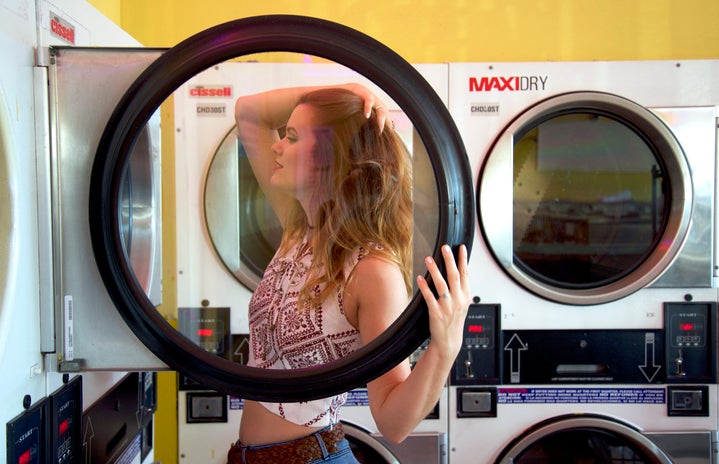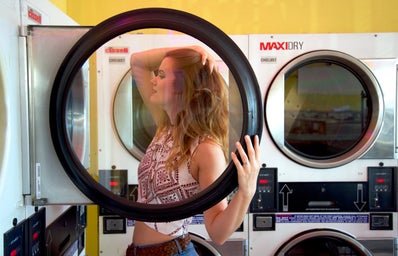In the age of social media, it’s inevitable to avoid the ever-growing surge of fashion influencers. Fashion, for many decades, has been very exclusive, specially curated for magazines or runways. Today, however, it’s a part of our everyday lives, and with apps such as YouTube and Instagram, just about anyone has the capability to become a part of it.
As we are aware, fashion is constantly changing. New trends in the form of color palettes, silhouettes, and patterns emerge each season. The difficult challenge, then, is keeping up with what’s in. Women have always been a target of this type of marketing, and it’s only growing worse.
In the past few years, the widely popular app YouTube has been breeding a consistent and alarming sea of “haul” content that poses a threat to a majority of adolescents and young women. Just type in “haul try on 2019” into the search bar and observe the vast amount of videos featuring women or men who have purchased hundreds to thousands of dollars in clothing.
Within this genre, users film clothing or accessories they received from either a single brand or a wide variety. Essentially, there is no label, and hauls range from Walmart all the way to luxury brands like Gucci. Regardless, I often hear YouTubers saying phrases like, “I really didn’t need this, but…” or “I got this in four colors” which enables a materialistic mindset toward clothing purchases.
As someone who loves fashion myself, I have indulged in plenty of these types of videos. Connecting with other people who love staying in style served as great inspiration for my own wardrobe. I mean, how could I complain about seeing an influencer trying on a product similar to something already in my closet? But more recently, after having spent so much time noting the culture surrounding hauls, I’ve come to realize how toxic this type of consumerism and materialism is.
The concept of consumer capitalism isn’t new. Simply put, it’s the idea that consumers are manipulated into purchasing products through mass-marketing techniques. While fashion-focused YouTubers may not realize it, they continue this cycle by endlessly creating content pertaining to buying clothing and accessories. If an account is focusing on fashion alone, their entire channel is based around seasonal trends that grow expensive to keep up with.
For viewers, the addictive desire to stay up to date and purchase more products is incredibly harmful. The largest demographic for YouTube specifically is young men or women aged 13 to 30. Haul videos create an idea that it’s okay for young people to overspend every few months just for trends that will soon no longer be relevant. There are hardly enough videos on the app about saving money versus outright disposing it on goods.
However, the issue of endless spending is not just an issue with YouTube – it’s a cultural issue – and one that young people have been victim to for decades. According to Girlboss, last year millennials spent “an estimated total of $200 billion” and women spent “an overwhelming majority of that amount: $170 billion”.
In order to not become a stereotypical shopaholic, there are a few things to keep in mind. While advertisements subconsciously deceive users into thinking they need to purchase a product, remember that it isn’t always necessary to spend. Don’t feel the need just because a favorite influencer has purchased hundreds of dollars from a certain brand.
Appreciate what’s already in your current wardrobe. If you are invested in trends, consider creating a capsule wardrobe. Have an arsenal of timeless pieces, and buy smaller trendy accessories so you can tie in something trendy without overbuying many pieces that won’t be worn in a few seasons.
The most important piece is understanding limits financially and breaking the psychological mold that what influencers are doing is the same action needed for your life.
At the end of the day, haul videos promote fast fashion and a negative craving toward materialism. The truth is watching them only validates spending more. In order to combat the addictive cycle avoid it altogether. Your conscience and bank account will appreciate it.


